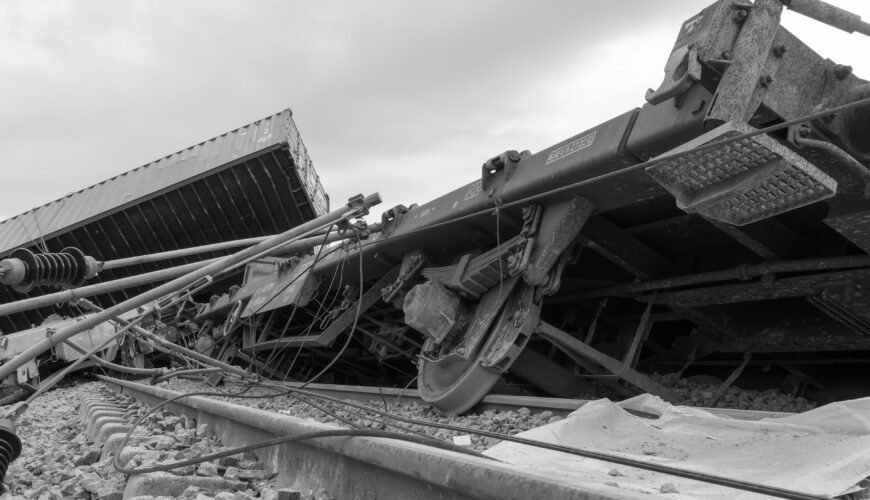The rails are an essential part of the intermodal logistics equation. Companies depend on them for affordable cargo transportation, and the railroads have responded with growing capacity in the past decade. But as train derailments like February’s East Palestine, Ohio, incident stack up, many are questioning the safety of what are becoming longer and longer freight trains. Like many industries, the railroads struggle to find enough qualified labor these days. They’re also under the gun to deliver products quickly and efficiently. The result has been trains that can stretch as long as two to three miles, sometimes assembled without proper weight distribution and inspection, according to a recent ProPublica investigation. At the center of changing practices is a debate between the rail workers’ union, some state and federal lawmakers, and the Federal Railroad Administration.
Train length is one of the biggest bones of contention between rail workers and railroads. The Federal Railroad Administration says that it doesn’t have enough data to point its finger to the longer train lengths as the cause of derailments. However, the railroads do not have to furnish that information to the agency, so there is no real chance for assessment. Railroads, on the other hand, working through the Association of American Railroads lobby, point to the fact that regulators have never cited length as the direct cause of an accident. The organization is a powerful lobbying force and has thus far been successful in preventing Congress from passing laws limiting train length. So, for now, at least, long trains will continue to move cargo around the country, acting both as a help to businesses, and a potential detriment to public safety.


